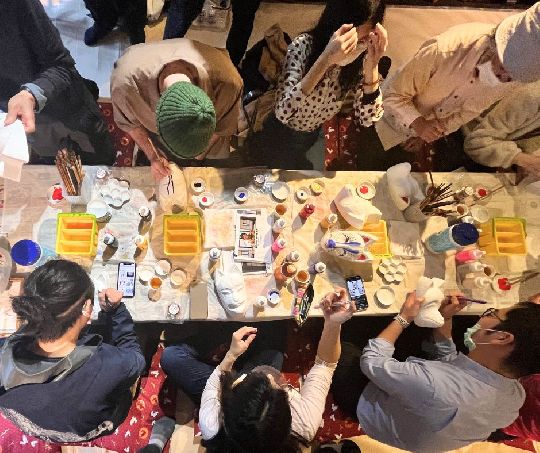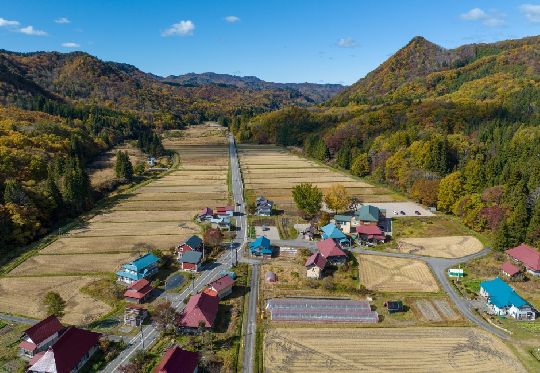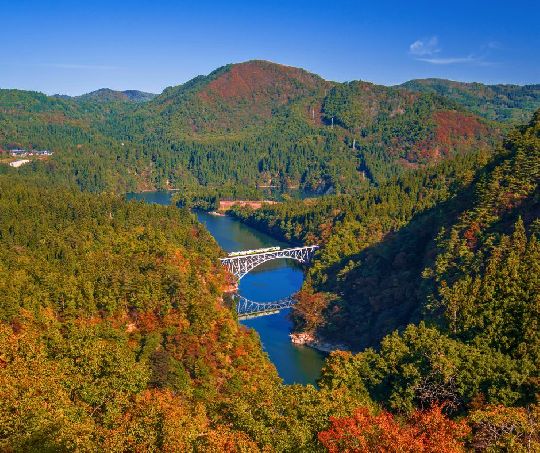
KEY INFORMATION
VISITING HOURS
Visiting hours are usually between 6:00-18:00, but they are extended until 20:30 during the light-up period.
HOW MUCH DOES IT COST TO VISIT?
Miharu Town asks for visitors to pay 300 yen to visit the tree. This money goes towards the continued conservation efforts towards Miharu Takizakura.
REACHING MIHARU TAKIZAKURA
LOCAL BUS
The number of local buses in service is typically increased during cherry blossom season. These buses leave from outside Miharu Station. The dates of increased service differ from year to year. For 2018, service was increased between April 7th and April 15th. For 2019, service was increased between April 6th and April 21st. A 1-Day pass can be bought for use on the public bus costs 1,000 yen per adult.
FREE SHUTTLE BUS
A free shuttle bus runs regularly between Miharu Town Exercise Park (三春町運動公園)(map here) & the Miharu Takizakura during the cherry blossom season. The dates that the shuttle bus run differ from year to year. For 2018, shuttle bus service ran between April 7th and April 15th. For 2019, the shuttle bus service ran between April 12th and April 21st. Be aware that the last shuttle bus from Takizakura might leave at 17:00 despite the Light Up events that occur during cherry blossom season that run until later in the evening.
GETTING TO MIHARU STATION
The local buses mentioned above depart from Miharu Station. You can get to Miharu Station via the JR Ban-etsu East Line from Koriyama Station. The train from Koriyama Station – a major station – only takes 12 minutes. For information on reaching Koriyama Station.
Here are some terms in English and Japanese to help you decipher bus timetables! ・滝桜 Miharu Takizakura ・三春駅 Miharu Station ・滝桜方面 Heading to Miharu Takizakura ・三春駅方面 Heading to Miharu Station
TAXI
Taxis from Miharu Station must be booked in advance. It is likely to be difficult to get a taxi on the day of your visit without ringing up in advance. Bookings via phone in Japanese only.
CAR
The closest I.C. (interchange) to Takizakura is Funehiki Miharu, but this I.C. gets very busy during hanami season, so it’s recommended to exit the Ban-etsu Expressway at Koriyama Higashi I.C. From this I.C., the tree is a 30 min drive (12.6 km).
During cherry blossom season, visitors coming by car are likely to have to queue for quite a bit. When I drove to Miharu Takizakura in 2019 on a weekday, I had to queue for about 40 minutes to get into the car park from 1 km away. On the plus side, I didn’t have to queue to get out of the car park. If you’re using a GPS system in your car, you can enter the map code: 300 840 492*42
WALKING FROM THE BUS STOP AND CAR PARK
The buses stop in the large car park. From the car park, you pass through an underpass, reach an office where you can buy a ticket to view the tree, then follow the path to the main tree. The tree is about a 5 min walk from the car park.






